Sky Stream vs Sky Glass vs Sky Q: what’s the best option for you?
Let’s dive into which is best for you: Sky Glass, Sky Q, or Sky Stream - should you stream or get a dish?
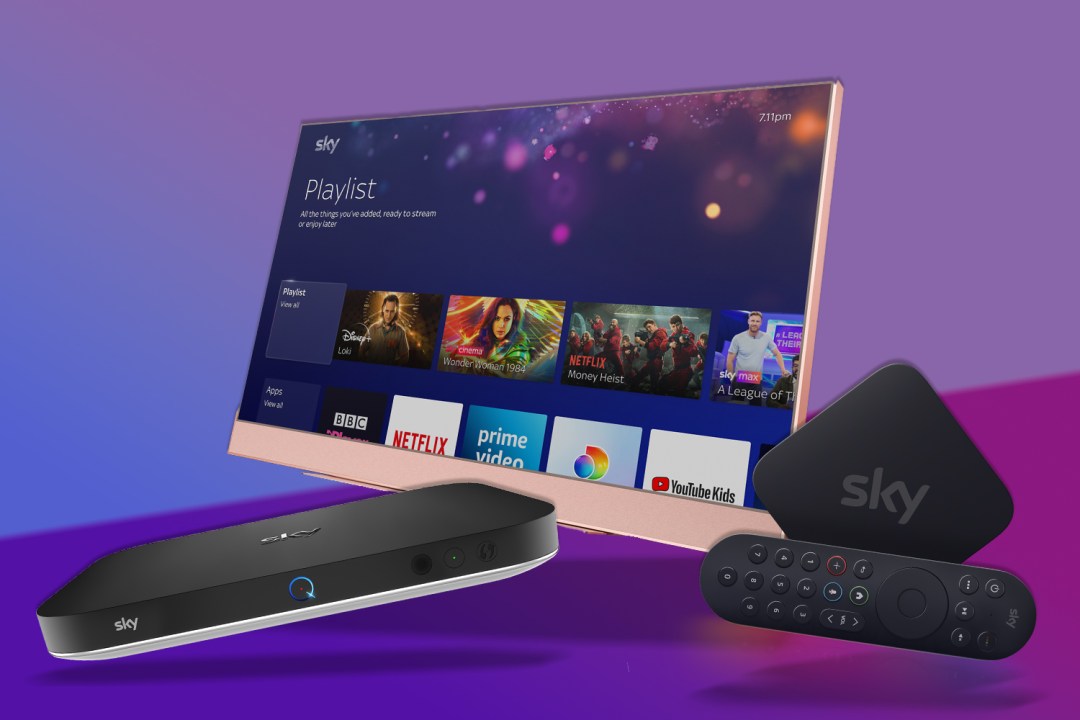
You’re here because you want to know which Sky streaming device or TV service is most suited to your needs, and we’re here to help. Back in the Simpler Times, you had a Sky box, a satellite dish, and that was it. But here you are, looking for information on Sky Glass vs Sky Q vs Sky Stream.
The days of innocence are over. YouTubers are releasing energy drinks. Your kettle needs a username and password. Even your cat has a fitness tracker. But we digress.
So get comfy, brew a cuppa (if you’re able to decipher the CAPTCHA), and let’s dive into which is best for you: Sky Glass, Sky Q, or Sky Stream.
Note that Sky Glass 2 has now been announced. We’ll be reviewing it soon and including in this guide, so stay tuned.
Sky Glass vs Sky Q vs Sky Stream: the key differences
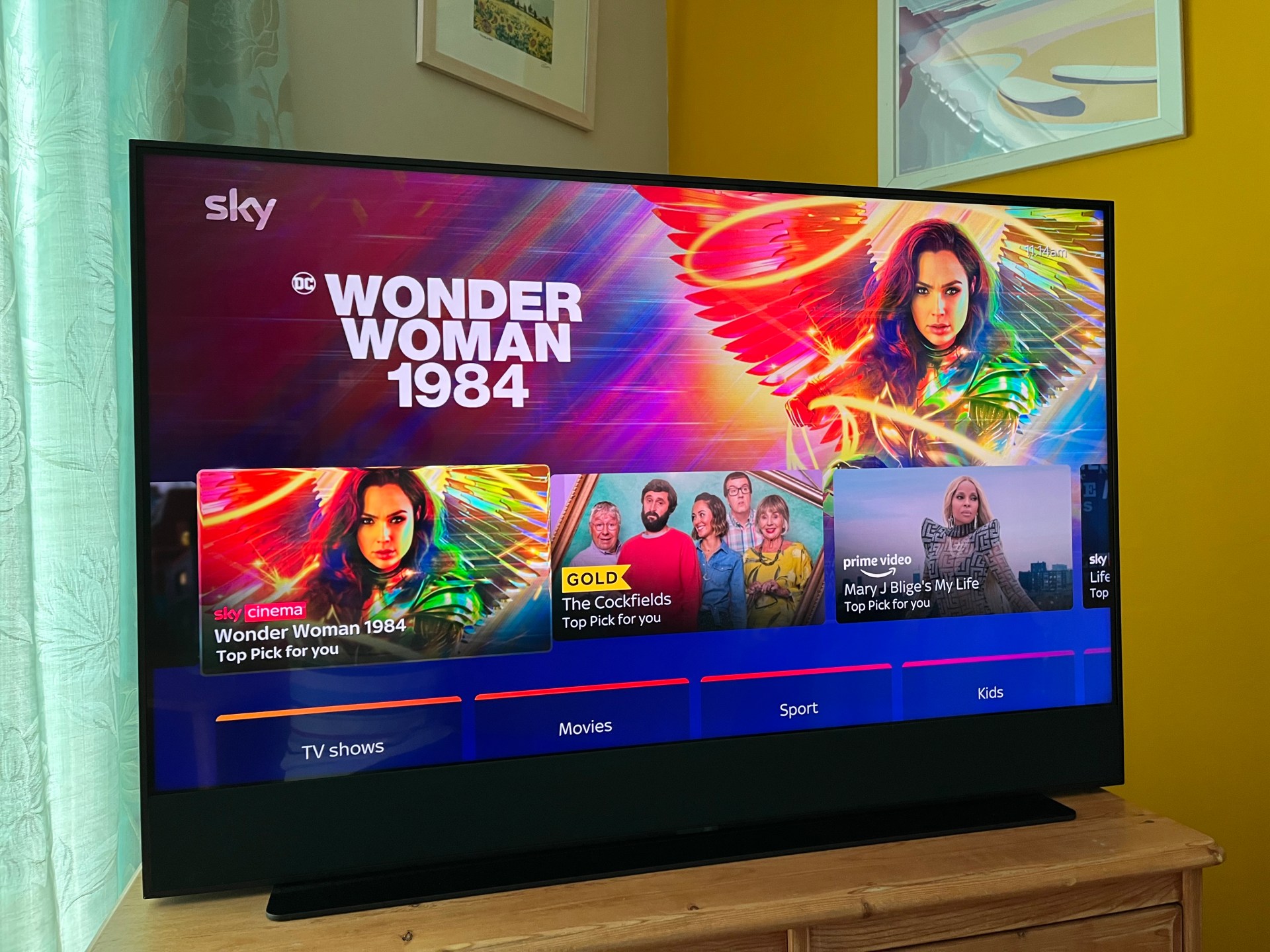
Before we crack on with which one might be best for your needs, we need to lay the groundwork. In other words, what exactly are Sky Glass, Sky Q, and Sky Stream? Are they physical devices? Subscription services? A mixture of both?
Let’s kick off with Sky Glass, as it’s the one that truly stands out, due to the fact that it’s an actual TV. Not a TV service, we must stress, but a proper telly that you can put in your lounge and touch with your hands. It’s a rather handsome one too, and is available in a selection of rather lovely colours, which is all but unheard of in the TV world. Your options are white, black, green, blue, or pink, and the woven acoustic mesh strip along the bottom can either be matched to the colour of the frame, or replaced with ones with all sorts of lovely patterns. It’s like a 90s Nokia, which we love.
Looks aside, the other things that make Sky Glass special, are its six built-in Dolby Atmos speakers, and built-in Sky service. The latter essentially means you can use Sky without the need for an external box, making everything neater and tidier in the process. It doesn’t need a Sky satellite dish either, as everything is taken care of via the wonders of the internet.
Sky Q boxes, on the other hand, are of a more traditional fare, that require a Sky satellite dish. They’re set-top boxes, available in the form of the main Sky Q box, and supplemental Sky Q Mini models, and the former is the most fully featured bit of kit, as it has an internal hard drive which lets you record and store your favourite movies and TV shows.
Lastly, we’ve got Sky Stream, a mini-streaming internet-powered streaming box which, as with the Sky Q options, can bestow any TV you plug it into with the power of Sky’s apps and services.
- Read more: Sky Glass review
Sky Stream vs Sky Q vs Sky Glass: pros and cons
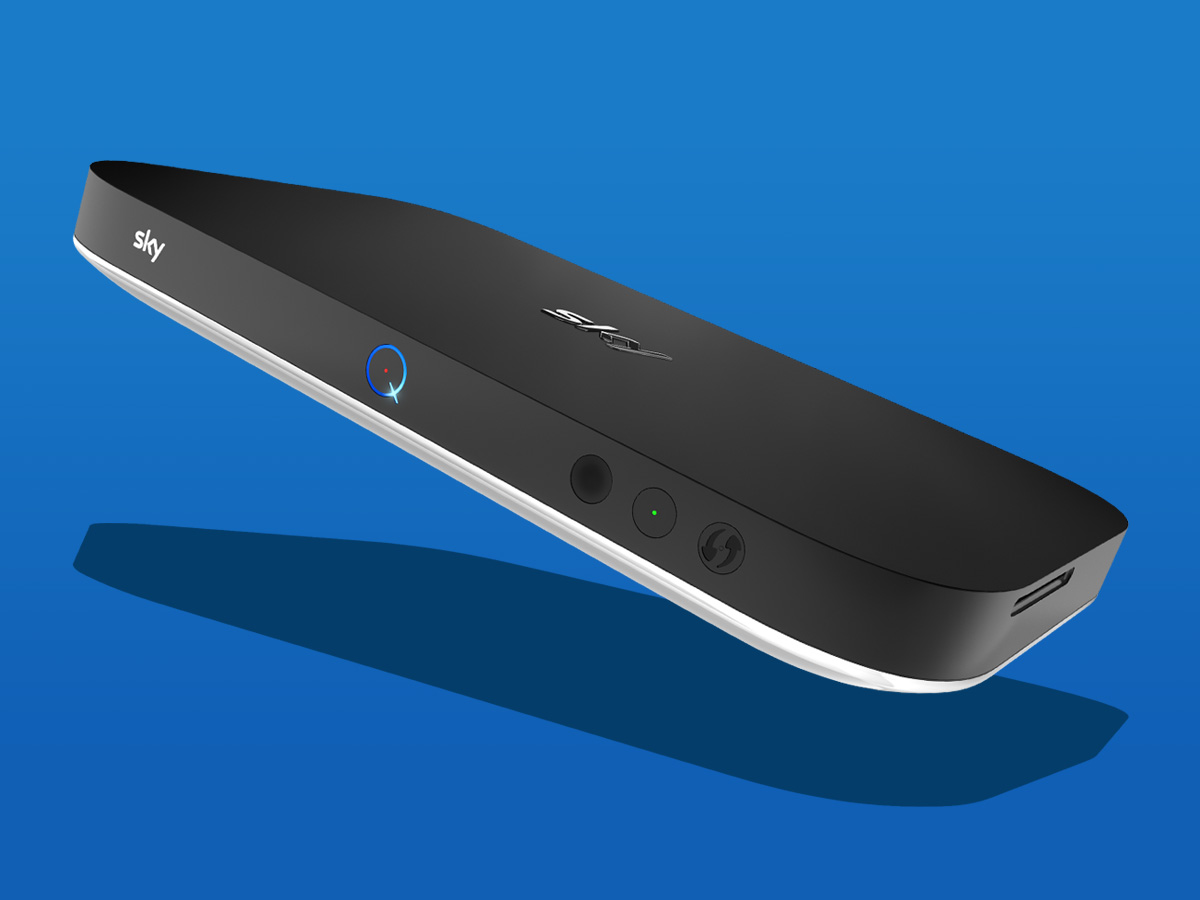
Sky Glass’s biggest pro is the fact that it is in many ways, the simplest solution. You have a single all-in-one device that has everything you need hidden away beneath its stylish design. This, of course, is also its biggest downside. Most people have perfectly good televisions, so buying an entirely new one just for Sky is obviously not the best decision. If you are in the market for a new TV though, then it’s certainly worth considering. But you’ll have to weigh up its all-in-one convenience with the fact that you could get better-performing TVs for around the same money. And what if, one day, you’d rather not have Sky? It’s not the most flexible option, in this regard.
Sky Q is the most old-fashioned option in the sense that it needs a satellite dish to work. While this seems archaic and inconvenient, it’s actually an excellent failsafe for those occasions when the internet is down. Combined with the fact that its built-in hard drive can also be used to play your saved shows without being online, it’s one of the best backup solutions to fend off cabin fever during a Wi-Fi outage.
Lastly, Sky Glass offers somewhat of a middle-ground. A small, easy-to-use box, simply plug it into any TV you like, hook it up to your Wi-Fi, and you’re off.
Sky Glass vs Sky Q vs Sky Stream: prices
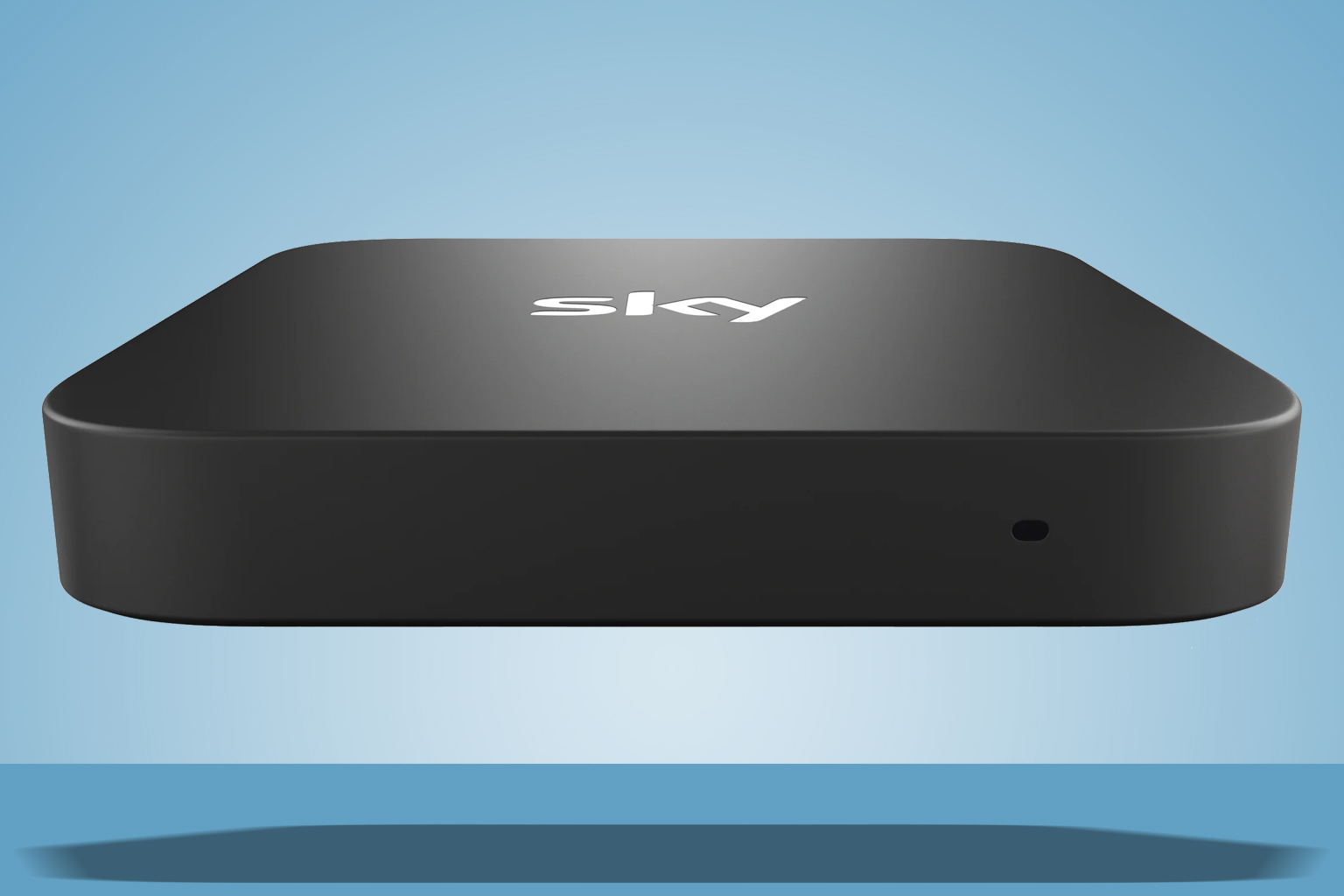
Subscription prices are always subject to change, so it’s always worth looking directly at Sky’s most current prices for all of its packages. On the whole though, the more traditional Sky Q route will prove to be the most costly option purely in terms of monthly payments for the various packages.
Sky Glass is a bit of an outlier, as you have the option to either pay for the TV itself in full (the 43in model is the cheapest at £699), or you can split it up into payments of £14 a month. This bumps up to £949 or £1199 for the 55in and 65in models respectively, with the option to pay £19 or £24 a month if preferred. These payments are all for the TV hardware itself, mind, so you’ll have to still fork out monthly payments for the various Sky packages like Cinema, Sports etc.
Sky Stream is easily the least expensive option to start, as you can grab the Stream box for free, with a one-month free trial. After that, it’s £29 a month on a 31-day rolling contract. If you do decide to cancel you’ll have to send it back, but that shouldn’t matter much as it won’t really be of any use without an active subscription.
Sky Q vs Sky Glass vs Sky Stream: verdict
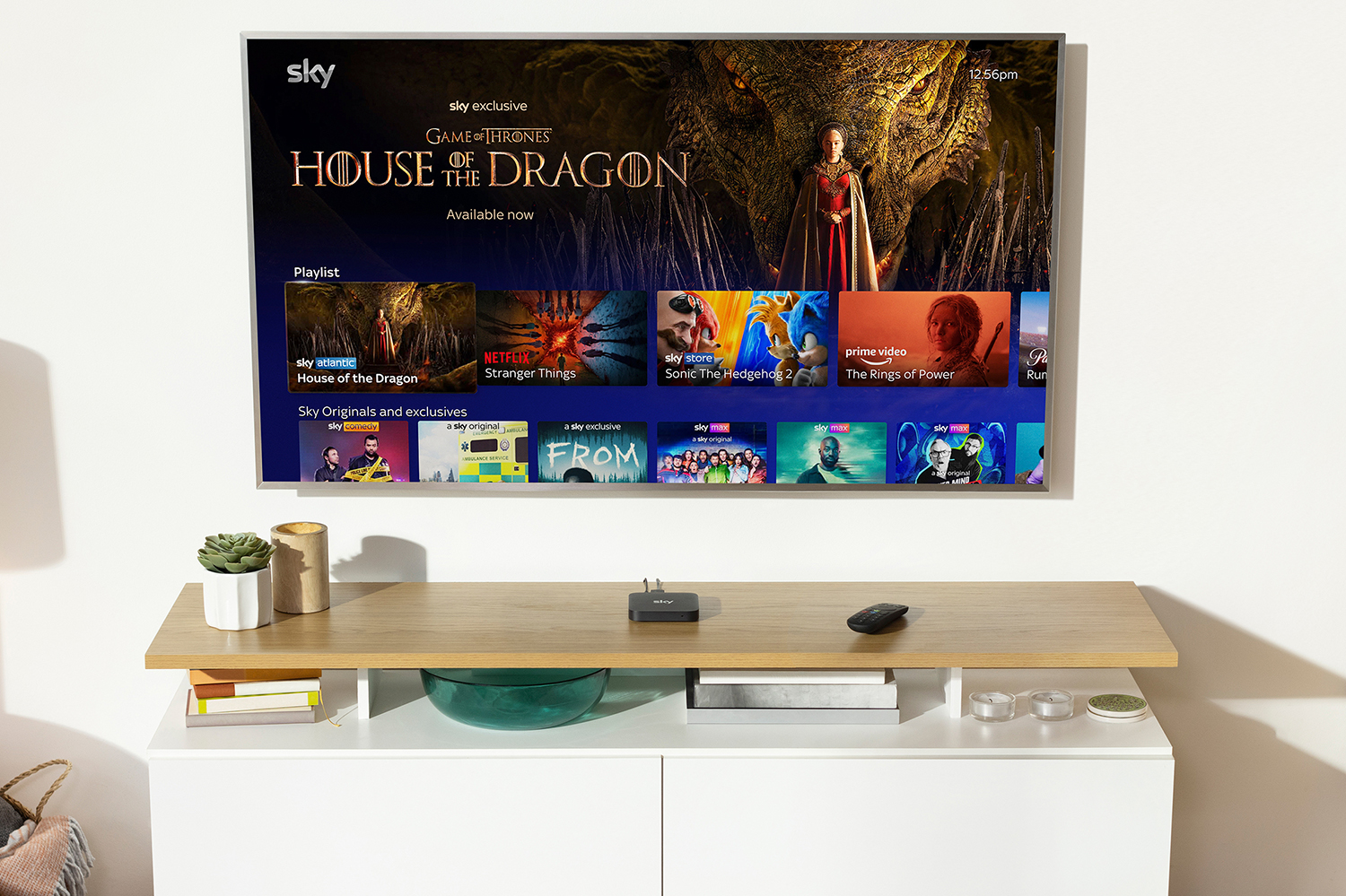
Ultimately, the best of the three options depends entirely on your needs. Sky Glass has the most niche use case, and is the most expensive option overall, given the cost of the TV itself. But if you’re set on its looks, definitely want to enjoy Sky for years to come, and need a new TV, then it’s practically a no-brainer. But if you have a 4K TV you’re happy with, then Sky Stream makes a lot more sense, especially if you don’t want a dish or long-term commitment (for an even shorter-term commitment look at Now TV).
Sky Q, while the most expensive monthly option, is the best choice for those who have finicky, slow, or unreliable internet, as its satellite-powered service bypasses the need to be online. But of course you do need a dish. It also has the advantage of being the only offering with a built-in hard drive, letting you record and save content for future playback — again, without the need to be online.



